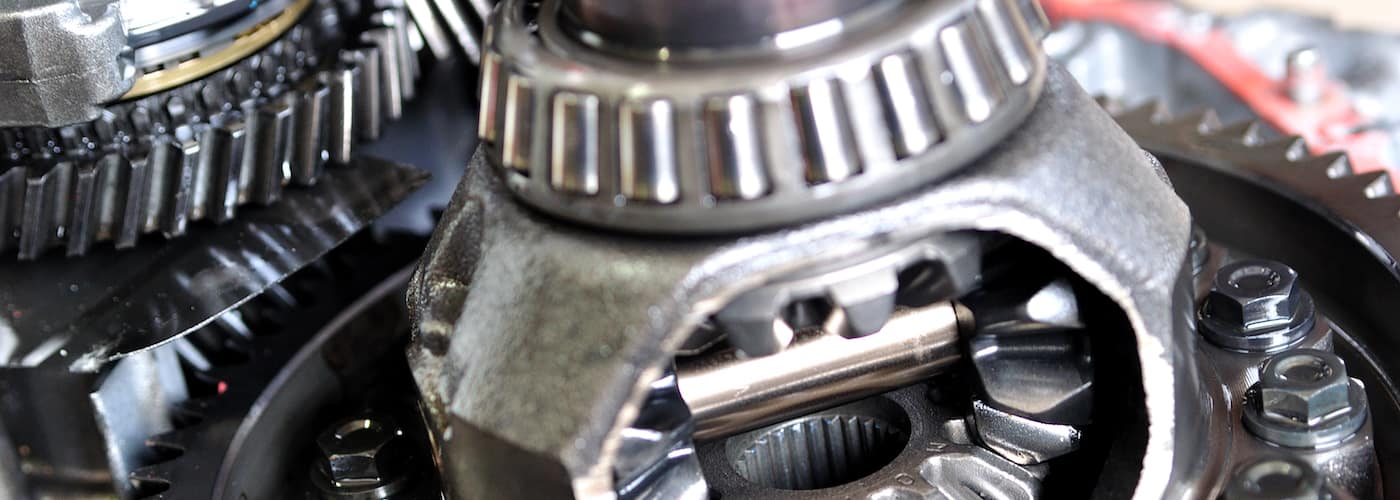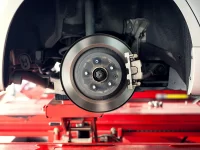Rebuilt Differentials: Breathing New Life into Your Vehicle’s Drivetrain

Introduction
The differential is a crucial component of a vehicle’s drivetrain system that allows the wheels to rotate at different speeds while maintaining proper power distribution. Over time, the differential may suffer from wear and tear, leading to diminished performance, noise, and even failure. In such cases, rebuilding the differential emerges as a cost-effective and environmentally-friendly alternative to replacing the entire assembly. In this article, we will explore the process of rebuilding differentials and the benefits it offers.
Understanding the Differential
Before delving into the process of rebuilding differentials, it’s essential to understand its role in a vehicle. The differential is situated in the center of the axle and is responsible for dividing the engine’s power between the two wheels. As a vehicle turns, the inside and outside wheels need to rotate at different speeds. The differential allows this variation in wheel rotation, ensuring smooth handling and preventing tire wear.
Signs of Differential Issues
Over time, differentials can develop various problems, especially in high-mileage vehicles or those subjected to heavy loads. Some common signs of differential issues include:
- Whining or clunking noises when turning or driving.
- Vibrations or shuddering while driving.
- Difficulty turning or maneuvering the vehicle.
- Uneven tire wear.
- Leaking differential fluid.
Rebuilding Differentials: The Process
Rebuilding differentials involves disassembling, inspecting, cleaning, and replacing worn-out components to restore the unit to its original or improved condition. The process can be complex and requires mechanical expertise and specialized tools. Here’s a general overview of the steps involved:
-
Inspection:
- The differential is removed from the vehicle and thoroughly inspected to identify the faulty components. This includes checking the ring and pinion gear, bearings, seals, and other internal parts for signs of wear, damage, or misalignment.
-
Disassembly:
- Once the faulty components are identified, the differential is disassembled carefully. Each part is removed, cleaned, and assessed for its condition.
-
Replacement:
- Worn-out or damaged parts are replaced with new or reconditioned components. It is crucial to use high-quality replacement parts to ensure optimal performance and longevity.
-
Reassembly:
- After all necessary parts have been replaced, the differential is reassembled according to the manufacturer’s specifications. Precise adjustments are made to achieve the correct gear meshing and backlash.
- Reinstallation: The rebuilt differential is then installed back into the vehicle’s axle housing.
Benefits of Rebuilding Differentials
- Cost-Effective: Rebuilding a differential is generally more affordable than replacing the entire unit, saving vehicle owners a considerable amount of money.
- Environmental Impact: Rebuilding differentials contributes to a more sustainable approach to automotive maintenance, as it reduces the need for new manufacturing and minimizes waste.
- Improved Performance: Rebuilding allows for the use of upgraded or enhanced components, resulting in improved performance and potentially better fuel efficiency.
- Extended Lifespan: With proper maintenance and care, a rebuilt differential can last for many years, prolonging the life of the vehicle.
Conclusion
Rebuilding differentials is a viable option for vehicle owners facing differential issues, offering a cost-effective and eco-friendly solution. However, it is crucial to entrust the task to a reputable and experienced automotive professional differential rebuilder to ensure the work is performed correctly and with high-quality parts. By opting for a rebuilt differential, vehicle owners can enhance the performance, longevity, and overall drivability of their beloved automobiles.







